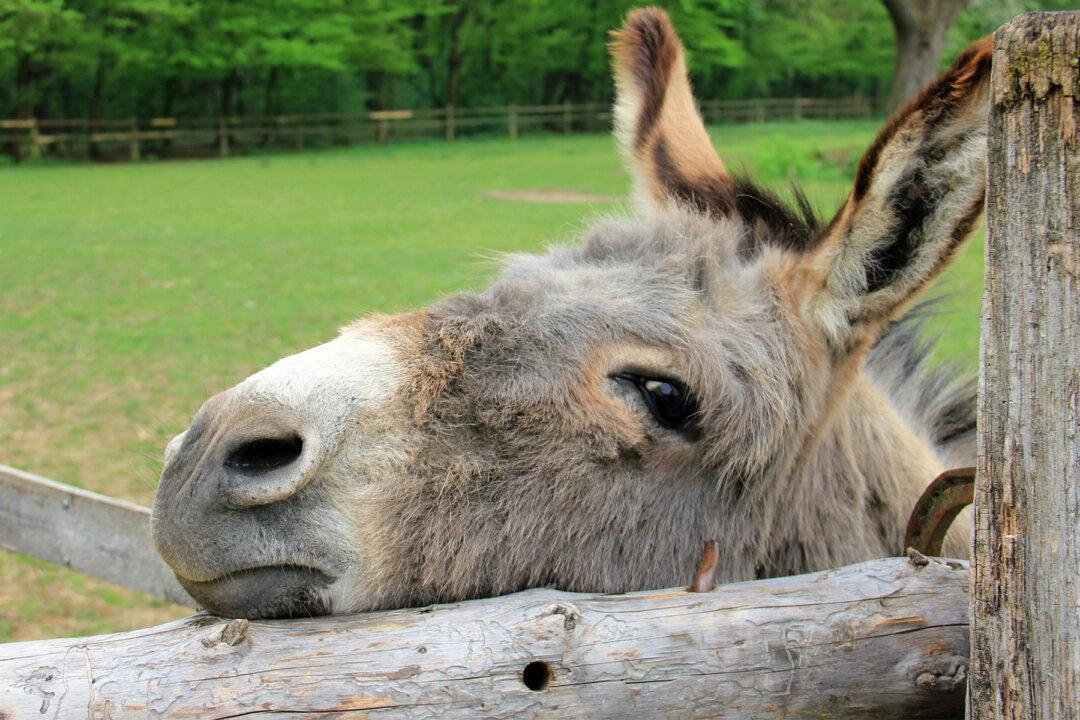The sky during the month of July is full of wonder, with a variety of celestial happenings ready to delight all those stargazers out there. We have all heard the terms Blue Moon and Blood Moon, but have you ever heard of a Thunder Moon? Sounds a bit ominous, but in fact, it isn’t.
The next full moon will be on July 16, and it is known as the Thunder Moon, also called a Full Buck Moon. Other American Indian names for the July full moon are Ripe Corn Moon (by the Cherokee), Middle of Summer Moon (by the Ponca), and Moon When Limbs of Trees Are Broken by Fruit (by the Zuni).





